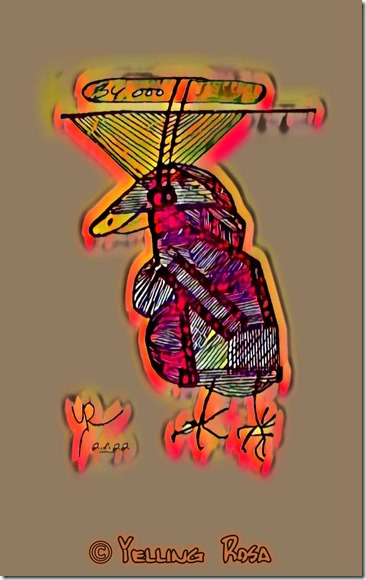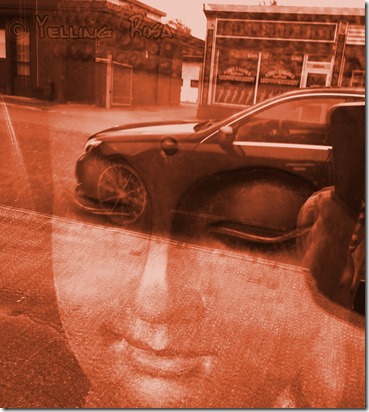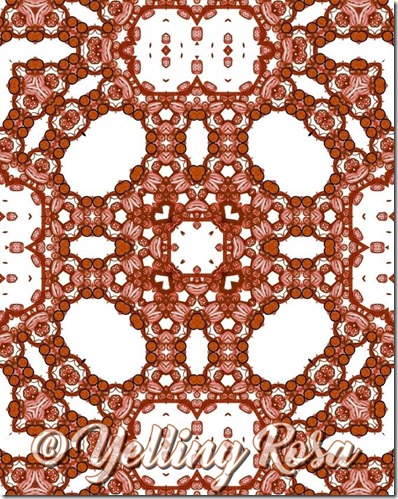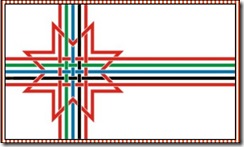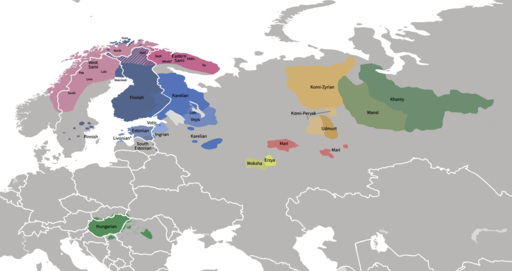Death
My sun is shining on you
Whom people hate
Like they hate me.
Our destiny is to exist
Even nobody likes us.
Still, without you and me
The world wouldn’t
Be perfect.
© Yelling Rosa
9/9 –22
I hope that the poem above serves as an introduction to what I will say below. Nobody can be someone else.
Dear Readers I am all right
Don’t feel sorry for me but help those who are now in the group mangle. I use myself and my experiences to make the subject alive.
Diversity Makes Perfect
My whole life has been very challenging for me. It has been challenging for others, too, because they have often found something to blame me. Because I had been the only odd in the group, I started to think something was wrong with me. To improve things, I have tried to change myself into something else. Now, at 70, I have finally realized that it is impossible and unnecessary. In a nutshell: Diversity makes perfect.
The fault lies with the accused and the prosecutor
You may wonder why I am saying that the blamed one has also done something wrong automatically. Yes, the blamed one has forgotten to defend and love himself. The reasons for that mechanism vary greatly. This range of reasons makes analyzing problem situations difficult and often even impossible. Moreover, there is always more than one person who are making analyzes.
The Key to the Door of Clarity
The key to the door of clarity is inside every individual. If somebody’s behavior irritates you, you must look at yourself in the mirror. Most likely, the same things don’t annoy others. If you are the blame, you must look around and compare how people generally take up you. In most cases, this method is enough to give a tool to protect yourself.
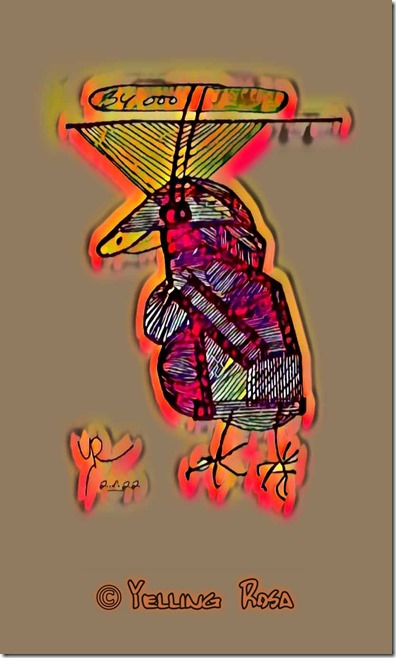
This rooster loves himself even though he doesn’t want to bully the hens.
He went to the farmer and asked him to let him be himself. The farmer was a lovely man, and now our rooster doesn’t have to be a teaser any more. The hens have also started to accept him.
Why don’t you do the same thing?
Was Jesus a Bad Person
Sometimes, as happened to me, most people found faults and shortcomings in me. I didn’t know anything else than try to make myself better me. Even though I made progress, people found something to say about my acts and behavior. The situation has been like this almost up here where I am now. Now I realize that the reason for the blames is my inner personality. It doesn’t appeal to most people. Even now, when I think I have made wrong conclusions and must keep educating myself, I tell myself that even Jesus fell into the clutches of men.
Why People Don’t Get along with Each Other
People are small group animals. That’s why they build the groups around them. The group members isolate the unsuitable persons from the circle. In borderline cases, the group tries to train the individual so that she would be suitable after being brainwashed. In families, retraining is necessary because an unsuitable individual is entitled to join the group based on her bloodline.
The Family Is Worst
The biggest dramas are born in families because we can not pan the unsuitable member. The discriminated members submit to their fate or start to fight for their rights. Both of these options are risky. Submission almost inevitably leads to mental breakdowns, even suicides, and fighting can lead to violence. Of course, sometimes, the result can be positive. The other family members start to respect the fighter, and they see that we must treat the depressed member gently.
I have tried to fight, but all my new solutions were the reason to blame me more. My aggression is proof of my ineligibility. After that, parallel fighting, I try to be a better person than I am. As I already mentioned, nothing has changed. Even so, not very long ago, after explaining my exceptional sensitivity by letter, the receiver said I was bragging to him.
Shortly, even this state of better self-understanding is not acceptable.
Going on All Alone
After fighting against the windmills for almost 70 years, I have decided to live alone or only with those whose company I enjoy and vice versa. Now and then, I find myself guilty about the state of my life. Then I say to myself you tried 70 years only to understand that you can’t be anything than yourself. If someone doesn’t feel comfortable in my company, that’s their concern, as I greatly like myself.
For Others
You can get out of the circle because of different reasons. The most important thing is that you never stop loving yourself. Of course, some people must improve their behavior after committing crimes. But many crimes can prevent in advance when we love ourselves in time. Because more than one person is blaming the one who is not suitable for the group, the isolated person must be in balance with herself. If you need to make yourself better, make your love stronger.
I have seen many bloggers thinking about proving themselves or the neighborhood, perhaps both. Sometimes this might be the key to the door of clarity, but don’t try this too long. I tried to be someone else for almost 70 years. Now, I don’t have much time to wander on earth when I am in balance. Sometimes I am unfortunate because of this loss but happy that I have seen the light. And most of everything, I hope that everyone else could be their whole lives themselves or if they are in the mangle, they get through earlier than me.
Dear Readers I am all right
Don’t feel sorry for me but help those who are now in the group mangle. I use myself and my experiences to make the subject alive.

